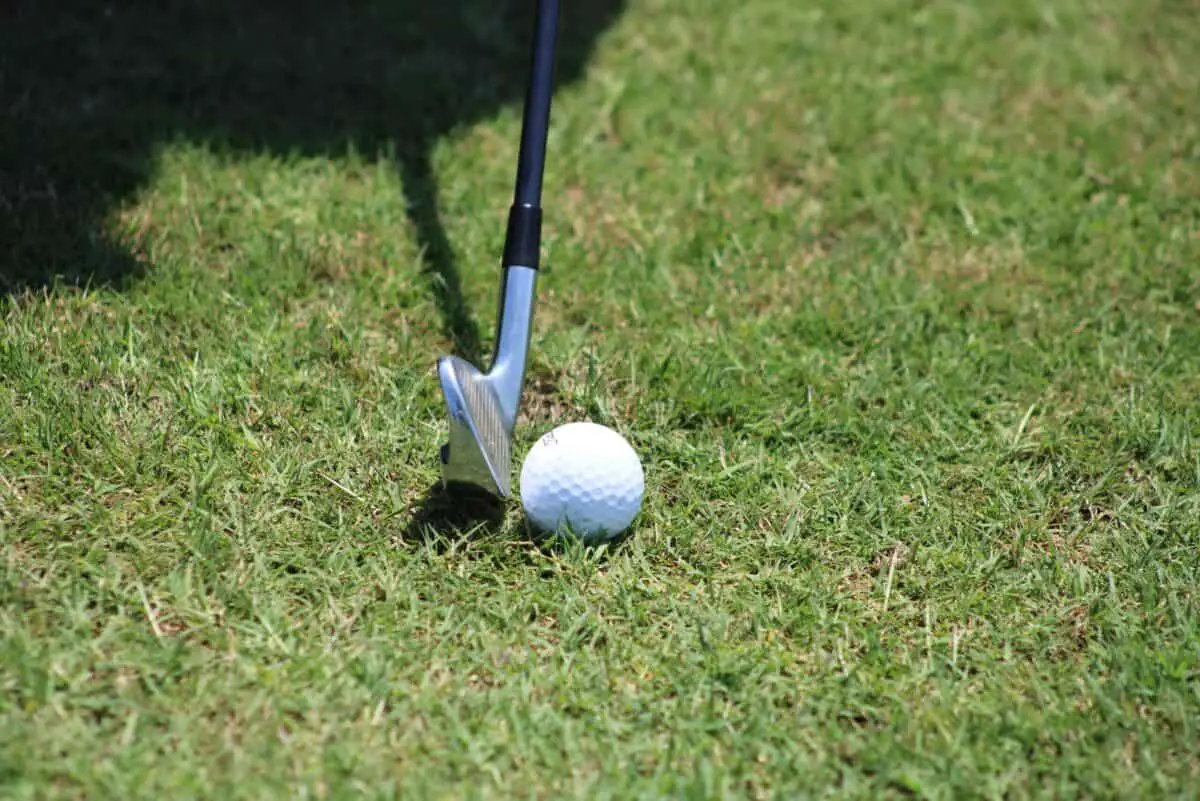Curious how your handicap measures up against those in your age bracket? Of course you are! We all want to know how our game matches against others.
While golf is totally a game played against ourselves and against the course, we naturally want to beat as many of our friends and neighbors as possible!
Table of Contents
- Golf Index, Handicap and Average Golf Scores
- Understanding and Calculating Your Handicap
- Good Handicap for an Average Golfer on the Golf Course?
- What Handicap is a Professional Golfer?
- What is the Average Golf Handicap for a Beginner?
- Average Golf Handicap by Age
- What is Golf Handicap for, and Why is Age a Great Deal in Golf?
This article will discuss the fundamental aspects of the handicap, from average golf handicap by age to a good handicap for a professional golfer, how to calculate it, and the tips to get the best score.
| Golfer’s Age Group (In Years) | Average Scores |
| 7 – 10 | 144 -180 |
| 10 – 20 | 89 – 180 |
| 20 – 30 | 89 – 90 |
| 30 – 50 | 91 – 92 |
| 50 – 70 | 91 |
| Over 70 | 93-94 |
The rules of golf are as simple as they are complicated, but not everyone approaches them in the same way. Golf may only be a Sunday ride for you than a real game.
However, if you’re a serious player or have just stepped into this sport with a goal in mind, you must learn its general rules, golf index, and handicap, that often have not been respected and that would have favored or disadvantaged a player.
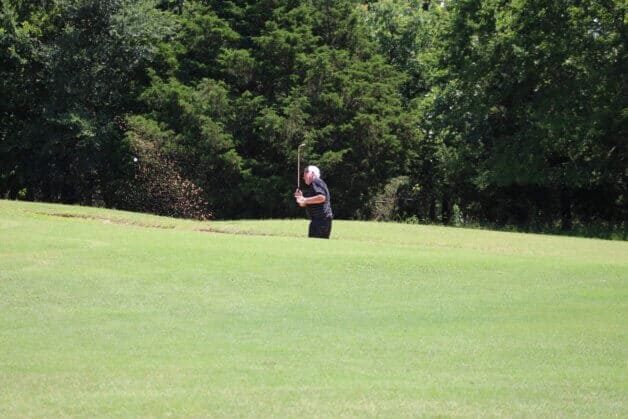
The handicap is to golf what the offside is to football: that concept that golf fans will never stop explaining to the uninitiated. Thus, with the main goal in mind, which is ‘to hit the best possible stroke to make the course,’ we’ll discuss everything you need to know about the average handicap by age.
Before explaining what an average handicap by age is or how to calculate an index, let’s define the two terms together to be clear on them.
Golf Index, Handicap and Average Golf Scores
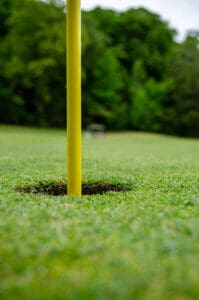
The index and handicap in golf are means of judging and classifying a player’s level. These are two imperative things during competitions. It is also a central aspect of golf, which helps golfers to judge their progress better. Finding the 1-digit index is a very common goal for the vast majority of golfers.
Handicap
The golf handicap is, very briefly, the valuation measure or the level of an amateur golfer. The handicap measures the number of extra strokes that a non-professional golfer needs to complete an 18-hole golf course relative to the PAR for the course.
This number can go from 0, the best handicap possible, which corresponds to an excellent level up to 54, the worst handicap possible in golf, corresponding to a beginner’s level of play. It is also possible to have a negative handicap. The handicap is complemented with what is called the index.
Index
Each player has an index which is a decimal number, the maximum value of which is 54. It is the “portable” and “universal” value for comparison between players, regardless of the difficulty of the terrains they usually play. Now you must be asking, what is the use of knowing your golf index? Apart from its usefulness during competitions, what can the index be used for?
The index is a way to locate your level in golf that makes it possible to better judge your progress over time. The index is also a source of challenge and motivation for many golfers. Throwing yourself into challenges and reaching goals is a great way to play golf while progressing and keeping your passion for this sport alive despite the years. And then, the index can always serve as a source of bragging in front of friends, especially if it is a 1 number.

The index is the starting point for determining the player’s playing handicap. A correspondence table is posted in each club that allows you to immediately know your playing handicap according to your index and the chosen starting mark.
Average Golf Score and handicap
For example, on a medium difficulty course, an index between 17.5 and 18.4 gives 18 handicaps for a man.
A playing handicap is a whole number that indicates the player’s value at the start of a course. It corresponds to the usual number of strokes that a player makes in addition to the PAR during a game of 18 holes.
Depending on the difficulty of the course and the departures from which one will set off, the player’s playing handicap will be different. As a course generally has four starts, the player will have four possible handicaps on this field (plus the young starts).
The official handicap ranges from 0 (excellent player) at best to 54 (beginner player).
For example, if you’re handicap is 27, you’ll be able to make 72 + 27 = 99 strokes while playing 18 holes on a course with an SSS of 72.
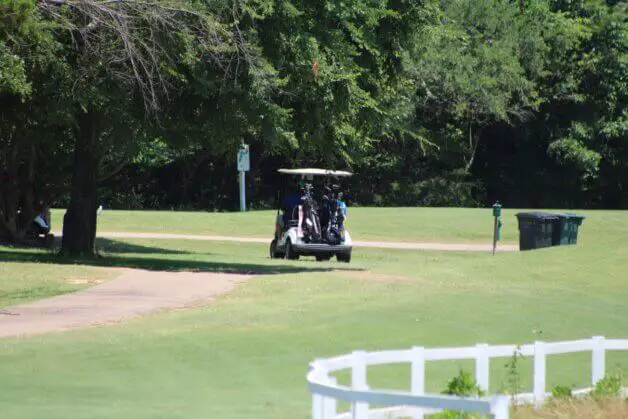
Understanding and Calculating Your Handicap
In golf, the handicap is your ranking, which allows you to compare yourself to other golfers. Your handicap varies according to your results in the competitions in which you participate.
To calculate your handicap after each competition, you will need a lot of information to make a clever formula explained below.
Handicap = INDEX x SLOPE / 113 + SSS – Par
Thus, to calculate handicap, you need to know:
- The Par of your Course
- The SSS (Standard Scratch Score of the Course) assesses the difficulty of a course for a player who has a handicap of 0 (the course is considered easy if SSS is less than par)
- The Slope of the Course to measure its difficulty (average is 113; above than 113 is considered a large slope difficult than the average, and below means a lower slope less difficult than the mean).
- Your initial Handicap (Index)
Thanks to these 4 data, you will be able to calculate your handicap.
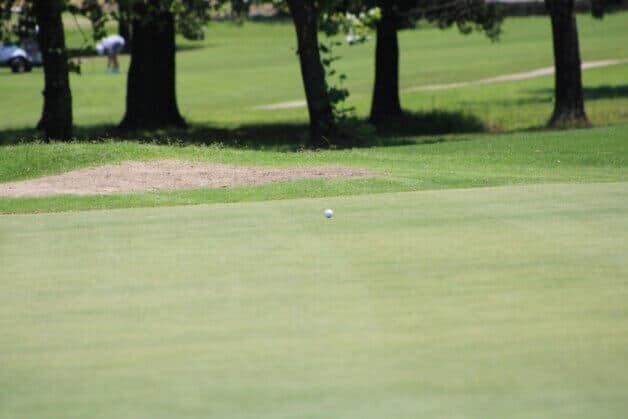
The word handicap refers to the disadvantage that some players, the amateurs, have over the professionals. Thus, when you talk about handicaps in golf, you refer to the number of strokes an amateur player needs to complete a round regarding the number of strokes stipulated (field pair).
The rating of the player, therefore, is closely related to the rating of the field. In each country, the Federation or National Association is the one that has the competence when making such an assessment. In addition, it is not something fixed: it can be updated or changed over the years.
Thus, each field has a score – even – on which the handicap is established. If both coincide, it is said that “the handicap is under par.” Once the field pair is known, we can know the player’s handicap.
Now you might be thinking, are you better than the average golfer? And, what is the average? This is what we are going to discuss below. Maybe after reading this information, you will be a little more forgiving of yourself. Or maybe, it will motivate you to train harder.
Also for training and improving skills for players with an average handicap, you need the right equipment. Here you can find various soft golf balls for mid handicappers.
Good Handicap for an Average Golfer on the Golf Course?
According to US National Golf Foundation, a man’s average index is around 16.1, and a woman golfer’s average is around 29.2. In other words, the average male golfer on a good day will play around 85 or 90, hoping to break 90 that day, and a woman will play about 105. It is important to clarify “on a good day” since the handicap system only considers the eight best results of your last 20 games.
It, therefore, eliminates 60% of your poor performance. Handicap is used not as an indicator of your play caliber but rather as an indicator of your potential.
It is mainly used so that people can play against each other, regardless of their level. Thanks to the handicap system, golf is one of the few sports where a low-caliber player can compete with a high-caliber player and have a chance to beat him.
Keep in mind, the more putts you make the lower your handicap will get.
What Handicap is a Professional Golfer?
A pro golfer is good at golf. However, it is sometimes difficult to put into perspective how much better a pro player is than an average or an amateur. An average professional golfer has a handicap index of +5.4, according to the statistics between 2016 and 2020 based on pro golfers’ scores relative to rating and slope. The official handicap ranges from 0 (excellent player) at best to 54 (beginner player). However, it excludes factors such as the greens being firmer and faster.
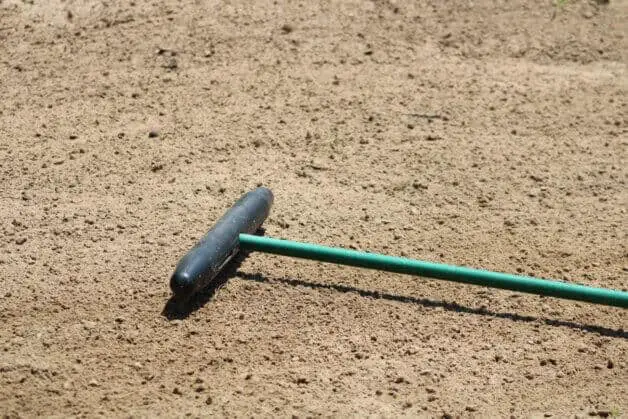
The world’s best golfers have played handicaps, not above +6. For example, at Arizona’s Whisper Rock Golf Club, Phil Mickelson reached +5.2, Martin Kaymer reached +6.6, and Geoff Ogilvy reached +5.8. They all played the Whisper Rock Golf Club regularly. Tiger Woods’ handicap in 2005 and 2006 was +7.9, a figure most amateurs and even some professionals could only think of. Other pro list includes Rickie Fowler with +8.4; Dustin Johnson with +6.5, and Brooks Koepka.
What is the Average Golf Handicap for a Beginner?
If a person completes a course with par 74 in 85 strokes, his handicap will be 11. In golf, the maximum handicap is 54, and the minimum is 0, equivalent to a professional player. This assessment is used so that golfers of different levels can compete in the same tournament or match.
For beginners, breaking 90 is a milestone, which means 18 scores over par. Thus, a handicap of 18 or lower would be a good handicap for beginners. As far as the average handicap is concerned, it is probably above 30. Many beginners have a handicap of 50 that quickly drops to break 100 in a few months. Practice makes you perfect. You can quickly reduce your golf handicap from 50+ to under 30 by practicing more and more, completing chipping drills on the green.
Now that you know everything about the average handicap for pro, average and beginners, let’s discuss average golf handicap by age.
Average Golf Handicap by Age
Thanks to the amazing handicap system of golf, it is possible for a golfer at any level to play with anyone. It gives the opportunity to golfers of every level to play rounds with each other. Think of yourself playing with Brooke Henderson. However, this idea brings a common question at the forefront: What is the average golf handicap by age?
This is something you have to know when playing with other golfers of the same or different level. It is logical to approach comparing your handicap with your fellow’s.
The average score for both men and women is almost close across different countries. For example, America has 14.4 and 26.4, UK has 16 and 26.5, and Australia has 16.9 and 26.7 for men and women, respectively. This answers the frequently asked question about a good golf handicap. Now let’s discuss this in-depth.
Male Golfers Average Score
Now that you understand what your golf handicap is as compared to your fellow golfers and what handicap is good for a pro, average or beginner golfer, you must find out more comparing your handicap with the golfers of your age group.
First of all, it is important to mention here that there’s no one universal right answer when it comes to handicaps. In the US, the average handicap of the population that plays golf is 14.4. So if your golf handicap is below +12, you may take a sigh of relief for being superior to half of the American golf players.
Categories based on the average golf score by age are as follows:
- From 7 to 12 years – maximum score 150-180 (both sexes)
- 12 to 20 years – maximum score 90-180
- 20 to 30 years old – maximum score 80-90
- 30 to 70 years old – maximum score of 91-94
Juniors’ score is less difficult than seniors as they possess less physical ability to generate powerful strokes. However, teenagers or adolescents have greater strength. In general, it does not differ much from other sports. But it will be good for you to know all the details when it comes to knowing which category you fall.
The average golf handicap by age is as follows:
- Benjamin category-the one includes children as golf players who turn 10-maximum handicap of 48
- Alevin category-level that groups boys and girls as golf players with an age range between 11 and 12 years maximum handicap 44.4
- Infant Category-this range includes young people between 13 and 14 years old-maximum handicap of 36.0, like the rest of the older categories.
- Cadet category-young golfers between 15 and 16 years old-maximum handicap-36.0
- Junior category- golfers between the ages of 17 and 21-maximum handicap 36.0
To elaborate the above information more, let’s discuss how boys and girls are grouped, respectively:
- The Junior range includes boys and girls of age group 17 to 18 years
- Major Category follows the junior category and includes golfers who turn 22 years old.
- Senior Category is the last of the categories in which the age range varies for men and women. The age range of senior female golfers is 50 years and above, while the senior male golfers are 55 years of age or older.
The bottom line of all this explanation is that a golfer’s handicap depends largely on their fitness level and that’s the reason why age is a great deal in golf.
What is Golf Handicap for, and Why is Age a Great Deal in Golf?
Average golf handicap by age allows all golf players, at their level, to compete with each other in any competition and with equal opportunities to win it. Or, put another way, a handicap is golf’s way of putting all golfers on the same level.
Golf is a sport that is played “against the field” and “against oneself,” That is the assessment that one has to decide who wins a competition. Let’s take a simple example:
If Player 1 has a handicap of 12, they should complete a par 72 golf course (72 strokes) in 84 strokes (72 + 12 = 84 strokes).
If Player 2 has a handicap of 28, they should complete a par 72 golf course (72 strokes) in 100 strokes (72 + 28 = 100 strokes).
Common sense tells us that if both players play the same tournament or competition, Player 1 will do better, right? Yes, Player 1 will surely finish the round with fewer strokes than Player 2, but this does not mean that they did better. The one who played “above” their level will have done better. That is the one who has improved their level of play in the said competition. And their level of play is marked by their handicap.
If Player 1, who should finish the round in 84 strokes, ends it with 82, they will have done it somewhat better than expected within their level. But if player 2, who should finish the course in 100 strokes, ends it with 91, they will have done much better than expected within their level. Comparatively, Player 2 has played much better than player 1, taking into account the level (the Handicap) of each one, with which Player 2 would rise with the victory.
It should be noted that the Golf Handicap is a “dynamic” assessment, as it attempts to measure the current level of play of the player. After the tournament, Player 2 would no longer have a Handicap of 28 but would automatically adjust downward. It means that they would not have so many strokes of advantage for the next tournament, so they should continue to maintain or improve their level of play.
We hope the information above must have answered all your questions and doubts about the golf handicap. Now you may spare yourself or train a little harder, comparing your handicap according to your age and level with your fellow golfers. Don’t forget to share this information and let us know how it worked for you!
- Should Tee Boxes Be Level? - January 23, 2024
- 3 Hybrid Distance - November 15, 2023
- Innovations in Golf Mobility: An In-depth Review of Top Golf Scooters - October 12, 2023
